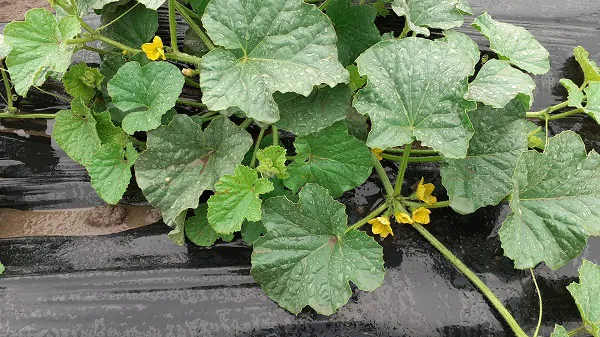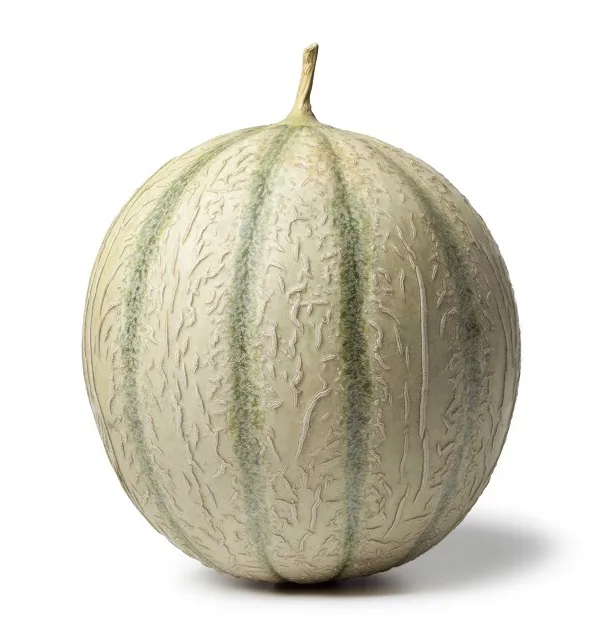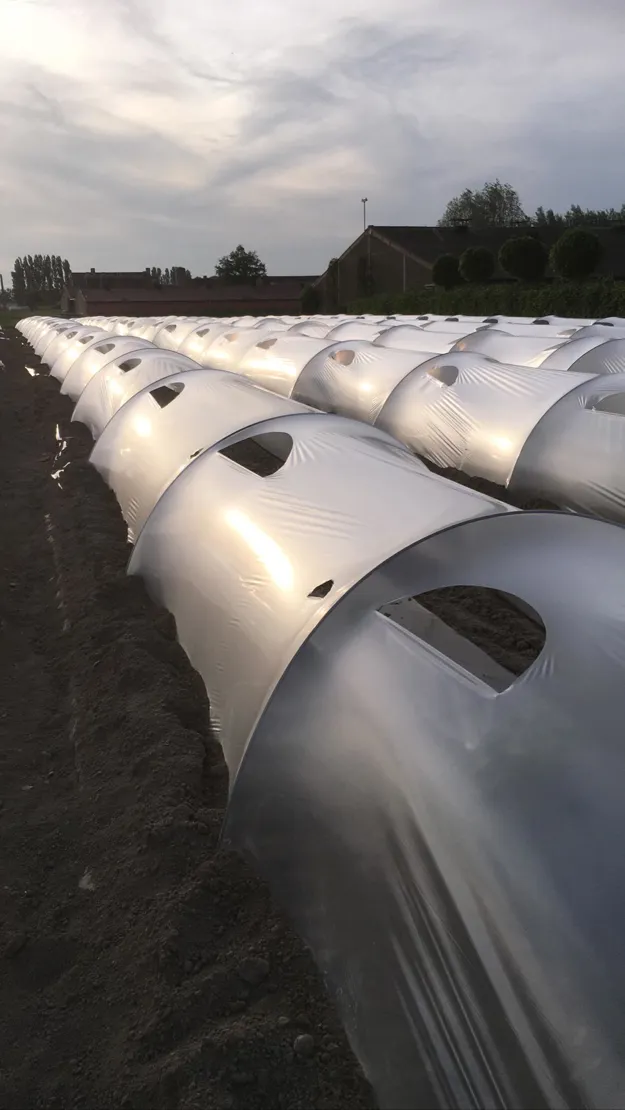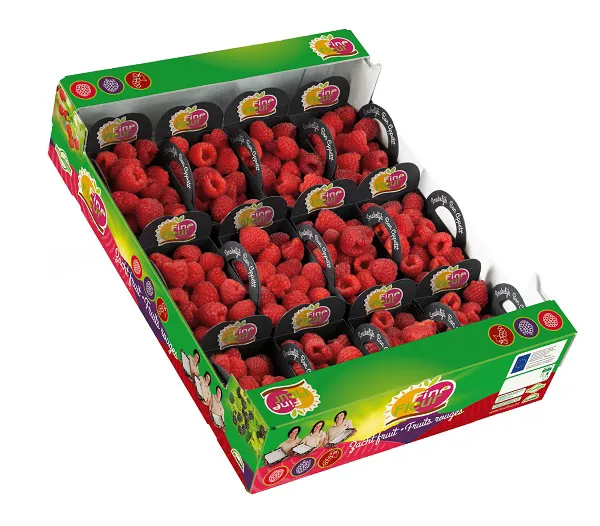The summer season is in full swing at REO Veiling in Belgium. Strawberries and woody berries are being marketed under the Fine Fleur quality label. This year, this cooperative's summer assortment has a special addition: Belgian Charentais cantaloupes.

Usually, Charentais melons are imported from central and southern France. As of this year, the first Belgian-grown Charentais commercial volumes are available: A first for REO Veiling. Its customers can now choose this local product in addition to French melons. "After some testing, it seems you can grow certain varieties well in Belgium, both for quality and flavor. We expect to have about 30,000 Belgian Charentais melons available this year," says Jurgen De Braekeleer, REO Veiling's soft fruit product manager.
These cantaloupes come from a grower wholly dedicated to cultivating this fruit. "He has years of experience growing things like pumpkins and has been doing trials for a long time. The Kruishoutem Experiment Center is also involved in this. What's special is that the grower's truly taken the time to ensure the quality. He doesn't just go for production but also genuinely for taste. The melons are very sweet." Currently, the Anaste, Suzanne, and Bakkara varieties are being grown. "These are very flavorful varieties," says Jurgen.
Substantial expansion once product catches on
The first of these Belgian Charentais melons should be available any day now. Jurgen says the crop has benefitted from the warm spring. "These melons are grown under plastic tunnels, which are removed once the melons have flowered. Things look promising. When the fruit appears on the market, each will weigh roughly a kilogram."

Jurgen is eagerly anticipating the season's start. "It's quite exciting, especially given the current market conditions. It's just a matter of waiting and seeing how it goes. What's certain is that cultivation can expand rapidly if the market receives these melons well this year. It could be that next season we'll have ten times as many Belgian-grown Charentais available," he explains.
Much of the fruit will find its way to local and overseas markets via wholesalers. France and the United Kingdom are particularly important overseas destinations. Fine Fleur represents high-quality local and seasonal produce. These local Charentais cantaloupes are a nice addition to the range. "What are the main advantages? It's a local product. The grower is located near the auction, so the product only has to travel a short distance. You can, thus, harvest the melons later, so they're also riper and more flavorful."

"Then it's not the price that counts, but local or 'Lekker van ons', as Belgians call it. For now, we're focusing mainly on regular customers who also buy Fine Fleur soft fruit from us. There are limited Belgian Charentais volumes, which should really be considered an addition to the French offer. Once the product catches on - which we're expecting - cultivation will increase considerably. We hope to eventually switch over entirely to this Belgian product," De Braekeleer continues.
Soft fruit on the market earlier, so for longer too
The Fine Fleur soft fruit season started in mid-April with the first open field strawberries. Raspberries followed in late April and blackberries in mid-May. Redcurrants and blueberries have been available again since the end of May. The warm spring means soft fruits were available about two weeks earlier than usual this year. According to Jurgen, this does not affect available volumes. "The kilos remain the same; there is just a bit more spread."
At the time of writing, the soft fruit market was quiet. "Consumers are being careful with their spending. We notice that in everything. Buyers, too, are a bit cautious," sighs Jurgen in mid-June. "Yet the market can change quickly. A few days of heat, rain, or cold, and everything can be completely different. Sales haven't generally been bad, but neither have they been terrific. People are keeping their fingers crossed. It's also now on the cool side of the year. The fruit's coming off the plants moderately, keeping supply and demand somewhat balanced.
Growing woody berries requires a lot of flexibility
Jurgen indicates that Fine Fleur soft fruit is popular. Today, there are about ten Fine Fleur soft fruit growers affiliated with REO Veiling. They drop off their product at the cooperative two to three times a day. "Our production has been generally stable in recent years. After solid growth some five to seven years ago, woody berries have now peaked. It's quite challenging to grow raspberries, blackberries, and redcurrants. These are delicate products, and there's a lot of variation in packaging.

It requires a constantly flexible market response. This crop isn't for everyone, but our growers have mastered it perfectly. Strawberries, for example, are much more stable in that respect. Also, the blueberry expansion is stabilizing. Consumption is still high, but we're experiencing competition from 'cheaper' Eastern European blueberries. There's, undoubtedly, room in the market for our growers, but cultivation probably won't increase further," Jurgen concludes.
Jurgen De Braekeleer
Jurgen.DeBraekeleer@reo.be
 REO Veiling
REO Veiling
Oostnieuwkerksesteenweg 101
8800 Roeselare, België
+32 (0)51 23 12 11 I
info@reo.be
www.reo.be
